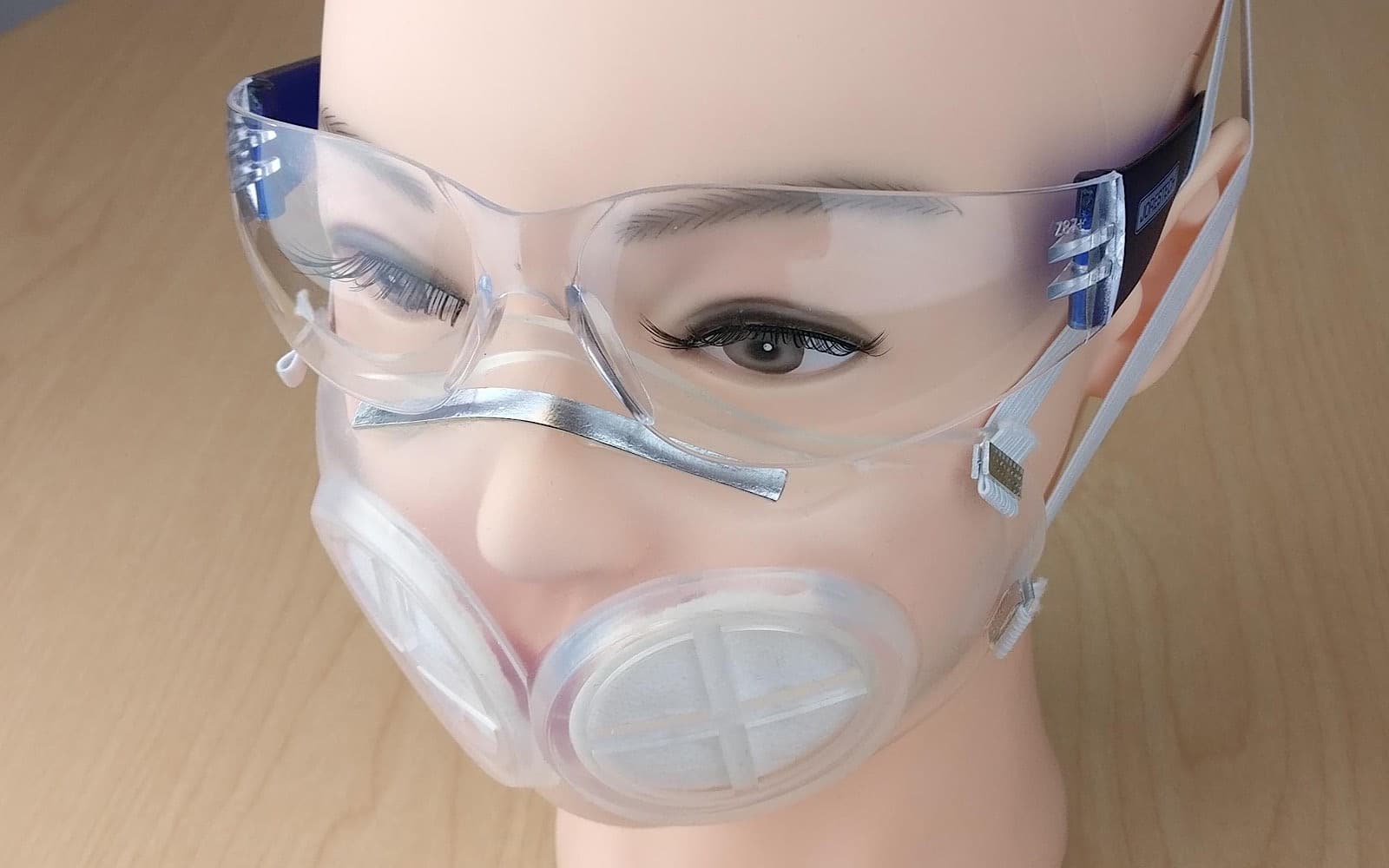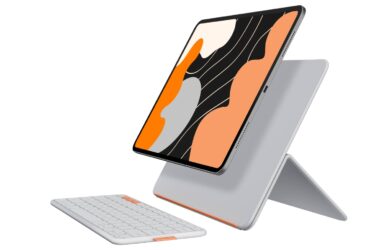The mask we’re being asked to wear to protect us all could be due for a change, as MIT redesigns the mask in a way that makes it clearer and reusable.
It feels like just yesterday that things weren’t like this, that we weren’t being asked to wear a mask to protect not only ourselves, but the community on the whole. But here we are, nearly seven full months into a 2020, a year that might as well have changed how we interact with friends, family, and the outside, at least until scientists get working vaccines for this whole COVID thing.
That will take time, because we’ve only known about the coronavirus for half a year or so, and breakthroughs tend to take time. The rate of progress is pushing faster than most vaccine efforts have in the past, but rising numbers in both infections and deaths tend to expedite things, so now it’s just a matter of waiting.
To help get country numbers low, donning a mask may just become a regular thing, as has become the case in Melbourne. This at least until virus numbers are no longer rising and have stabilised at zero, though they certainly have an impact.
While the social impact is clear, they’re also not always reusable, and a mask without an N95 filter is useful, but not necessarily as effective as one with. So researchers at both MIT and Brigham and Women’s Hospital have been hard at work trying to find a way to bring the two concepts together, developing a mask that is both reusable and can help prevent infection using an N95 filter.
It’s a concept that could lead to a mask that retains efficacy of the mask mostly likely to prevent infections (N95), and also could be sterilised and reused, while also allowing people to see more off a face underneath, something pretty much every mask prevents right now. While transparent, the masks are reportedly made from silicone rubber, allowing it to be shaped easily and cleaned, while the mask holds room for up to two N95 filters, which would be replaced after use.
“With this design, the filters can be popped in and then thrown away after use, and you’re throwing away a lot less material than an N95 mask,” said Adam Wentworth, a Research Engineer at Brigham and Women’s Hospital.
“One of the key things we recognised early on was that in order to help meet the demand, we needed to really restrict ourselves to methods that could scale,” said Giovanni Traverso, Assistant Preffor of Mechanical Engineering at MIT and Gastroenterologist at Brigham and Women’s Hospital.
“We also wanted to maximise the reusability of the system, and we wanted systems that could be sterilised in many different ways,” he said.
As it is, the new mask is a concept that is now rolling out to version two, based on from health care workers. It’s not necessarily something we can expect now, but depending on how long this COVID thing sticks around, could be a design you might expect to see more of, and in turn see more of people’s faces with.
Frankly, we’re surprised we haven’t seen more smart masks with microphones for talking on the phone, but if COVID-19 sticks around for even longer, that might soon become a part of the mask landscape, as well.






